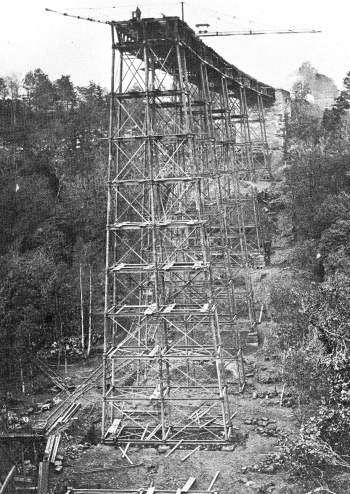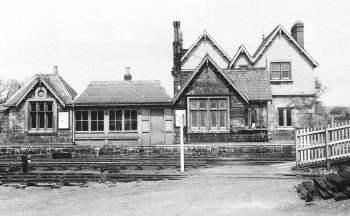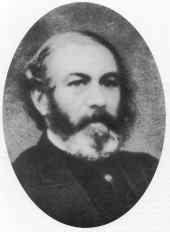
| The contracts for the construction of the South Durham and Lancashire Union Railway | ||||||
| Contract number | From | To | length (miles) | Contractor | value | Price/ mile |
| 1 | Tebay | Smardale Gill | 9½ | Wrigg, Preston | £44,216 | £4,654 |
| 2 | Smardale Gill | Rookby Scarth | 4¾ | Chambers & Hilton | £32,818 | £6,909 |
| 3 | Rookby Scarth | Mousegill | 3¾ | Chambers & Hilton | £19,917 | £5,311 |
| 4 | Mousegill | Bowes | 10 | Boulton, Wakefield | £39,758 | £3,975 |
| 5 | Bowes | River Tees | 5½ | J. Anderson, Appleby | £28,423 | £5,168 |
| 6 | River Tees | West Auckland | 12½ | D.P. Appleby, Barnard Castle | £72,554 | £5,804 |
| TOTAL | 46 | £237,686 | £5,167 | |||


Thomas Bouch was born at Thursby in Cumberland in 1822, the second son of four children of a retired sea captain. His father died when he was sixteen and he briefly became an engineering apprentice in Liverpool. Two years later however he found work assisting in Joseph Locke's team surveying the route up the Lune and over Shap Fell for the Lancaster and Carlisle Railway. This was his debut into the world of railway civil engineering.
From the Lancaster and Carlisle Bouch moved to Leeds where he worked with the Leeds civil engineer George Leather, and then in 1845 to a post as assistant engineer to John Dixon, the engineer of the Stockton and Darlington Railway, on the railway being constructed up Weardale. His elder brother William was already a member of the railway's management team and probably put in a word on his brother's behalf. At this time Thomas Bouch became a member of the wider social circle of the Pease family, a connection that would later strongly influence the course of his career.
In 1849 Bouch took up a job as manager of the Edinburgh, Perth and Dundee railway and in Scotland began to establish himself as a professional consulting engineer. He took an Edinburgh office at 78 George Street which would serve as his business base for many years, and married in 1853. During his career in Lothian he became associated with nearly twenty Scottish railway projects both north and south of the Firth of Forth as well as several projects in England.
However the work which really consolidated his reputation were the four projects required to complete the Stockton and Darlington 'coast to coast' link. These began with the Darlington and Barnard Castle Railway in 1854, followed by the main 1857 SD&LUR contract and then the Eden Valley Railway in 1858 and the Cockermouth, Keswick and Penrith line in 1861. During this time Bouch was not only employed on railway construction; his office also dealt with projects ranging from urban tramway networks to seaside piers.
Sadly of course Thomas Bouch is best known for the spectacular failure he was responsible for at the end of his life - the Tay Bridge Disaster of 1879. Bouch spent nine years as engineer responsible for this major North British railway project to shorten their main line from Edinburgh to Dundee and the north. After the successful completion and opening of the bridge over the Tay in 1878 Queen Victoria used the route on her trip south from Balmoral in June 1879 and the NBR summoned Bouch to ride on the footplate of the Royal train. Three weeks after at the pinnacle of his career he was knighted at Windsor.
But just six months later the high girders of the Tay Bridge lay on the seabed after the central spans had collapsed in a severe storm, taking a passenger train with it and at least sixty passengers to watery graves in the Firth of Tay. At the subsequent enquiry Bouch bore the full responsibility for the failure of his design and his career as an engineer was ruined. He died a few months later in October 1880, largely due to the terrible stress of these events.